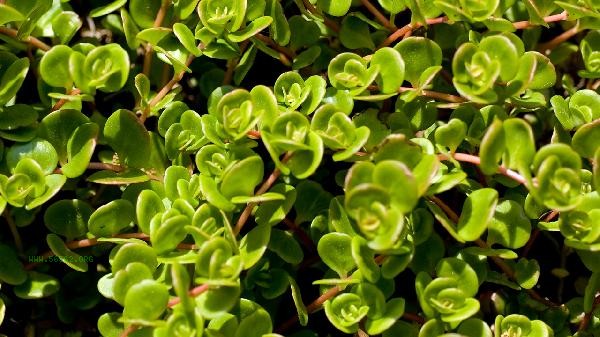The nose is the first line of defense of the respiratory system. The nasal cavity can filter the outside air, block dust and bacteria in the air, and allow the lungs to inhale filtered clean air. The air in spring is relatively dry and cold, which can stimulate the nasal cavity, induce or worsen rhinitis, respiratory infections, etc. Therefore, it is important to focus on nasal care in spring. How to nourish the nose in spring?
1. Massage the nose.
The Yingxiang acupoint is located on both sides of the nose. Massaging both sides of the nose from time to time can promote blood circulation and improve nasal congestion.
2. Nose washing
Wash the nasal cavity with physiological saline at 37-42 ℃ every morning and evening. You can also wash your nose with cold water, which can improve the nasal cavity's ability to adapt to cold and effectively prevent rhinitis. Patients with rhinitis need to use nasal spray medication immediately after washing their nose clean.
3. Proper blowing of the nose
When rhinitis occurs, it is easy to clear the nose and sneeze. In this case, the correct way to blow the nose should be mastered. First, block the left nostril, blow off the nasal secretions on the right side, and switch to the other side using the same method. Do not blow both noses at the same time to avoid triggering otitis media.
4. Peppermint nasal drops
When the nasal cavity is blocked, it can be alleviated by nasal drops. Peppermint nasal drops are a good choice, belonging to the aromatic Chinese herbal medicine that can improve nasal ventilation problems.
5. Use a medicine bag to smoke the nose.
Grind an appropriate amount of Chuanxiong, Xinyi, and peppermint together into coarse particles, then sew them into the medicine bag and smell them from time to time. This can have the effect of dispelling wind, relieving surface irritation, and promoting aromatic ventilation.
6. acupuncture and moxibustion treatment
Rhinitis can be treated by acupuncture and moxibustion, which has direct effect and quick onset, mainly including acupuncture and moxibustion at Fengchi, Hegu and Yingxiang.
7. Keep your nose warm
In spring, keep your nose warm and wear a mask when going out to avoid exposure to cold air and bacterial stimulation. People with allergic rhinitis need to adjust their work and living environment, avoid keeping pets at home, place green plants that can spread pollen, and avoid contact with allergens.
8. Adjusting Diet
Foods are divided into cold and warm types. The former can harm the spleen and stomach, increase discomfort in the nose, such as pickled vegetables, salted fish, pears, and watermelons. Patients with rhinitis should eat less or avoid them. Eating a large amount of spicy, stimulating, and greasy food can stimulate the airway mucosa, induce airway inflammation, and lead to nasal congestion and headaches, so the diet should be light.
Warm Reminder
To avoid the onset of rhinitis, the best way is to prevent colds. Adjust clothing according to weather changes and do not take off thick coats early. In addition, stay away from cigarettes and secondhand smoke, avoid exposure to toxic and harmful substances, and avoid environments with polluted air. In daily life, one should maintain a moderate level of relaxation and avoid overexertion to prevent the onset or exacerbation of rhinitis. Appropriately increasing outdoor activities such as mountain climbing, cycling, brisk walking and jogging, and aerobic exercise can enhance resistance and effectively prevent rhinitis.




Comments (0)
Leave a Comment
No comments yet
Be the first to share your thoughts!